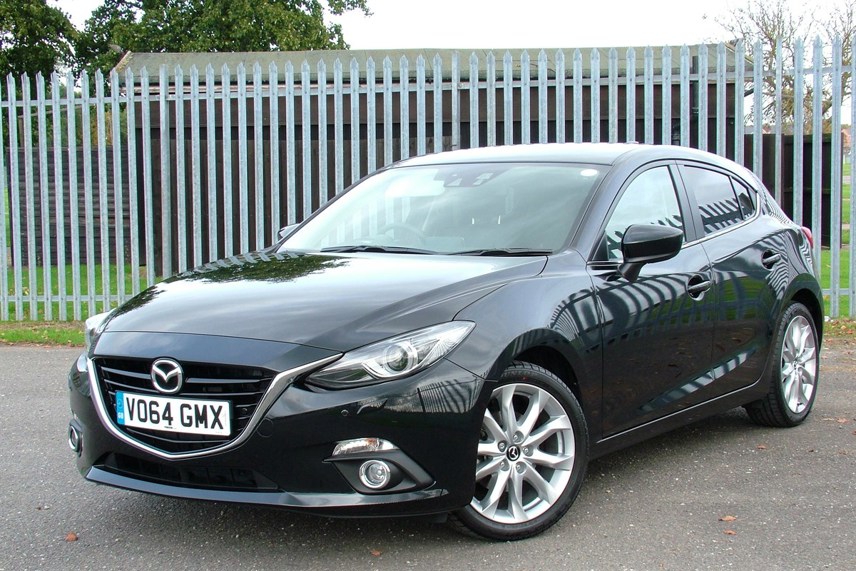Review
When Skyactiv technology first launched, in 2012’s CX-5, I questioned the ease with which the technical benefits being imparted by the brand as a key selling point would translate to the average showroom customer. The impressive fuel economy and low CO2 emissions promised are, while important, hardly the most likely to tug the heartstrings and loosen the money bags.
I shouldn’t have had any doubts. Looking at retail and fleet together, the picture for the Mazda3 is rosy. From January to December last year, sales were up an impressive 61.6% on 2013, according to SMMT figures.
In the C-segment, registrations in 2014 put the car in 12th position, immediately behind the Hyundai i30 and ahead of the newer Škoda Rapid. Mazda3 volumes in 2013 totalled 5,674 and in 2014 9,174.
Sales were also up for Skyactiv stablemates, the Mazda6 (up 38% in 2014 year-on-year) and the CX-5 (up 26%). Mazda2 sales were down in 2014, but this B-segment car doesn’t come with Skyactiv ‘DNA’ and is being replaced this March.
Let’s not forget the one area of the market where improved performance stats are fundamentally important to buyers – fleet. Fast forward from two years ago, and the launch of the CX-5, to now. With Skyactiv currently in three models, and Mazda’s share of the corporate market is booming.
Mazda head of fleet Steve Tomlinson said more than 40% of the growth in core fleet sales had come from the new Mazda3.
Mazda3 fleet registrations in 2014 were up 40.4% year on year. This put it in 14th place in its segment, behind the Citroën C4 and ahead of the Toyota Prius. It is helped by attractive lease deals, such as Mazda Contract Hire offering business users a new Mazda3 from £169 a month (ex-VAT) on a 36-month/10,000 miles per year non-maintenance package.
Mazda’s overall fleet sales for the year were up 33.4% on 2013, versus an industry increase of 8.7%.
Mazda appears well on the way to the transformation that Jeremy Thomson, UK managing director, has promised.
What’s been said about the Mazda3
A helpful feature for town driving is the start-stop ‘i-stop’ system in the Mazda. Perhaps the biggest compliment I can give it is the fact that it’s hardly noticeable at all.
The fact that this car doesn’t use a turbocharger for its extra shove gives it a much crisper throttle response than its downsized force-induction rivals.
Everything the driver comes into contact with is in the right place, is the right size and is made of material that isn’t unpleasant, even on this bottom-of-the-range model. This one also has the smallest, least gutsy petrol engine which you have to work quite hard to get any joy from, but it’s still nice to drive.
Jeremy has been a journalist for 30 years, 20 of which have been in business-to-business automotive. He was a writer and news editor on AM-sister brand Fleet News for three years before setting up the AM website. For the last five years he has been Bauer B2B’s head of digital helping to manage the digital assets of AM, together with Fleet News, Commercial Fleet, Rail and Smart Transport.


Factsheet
No information available.














